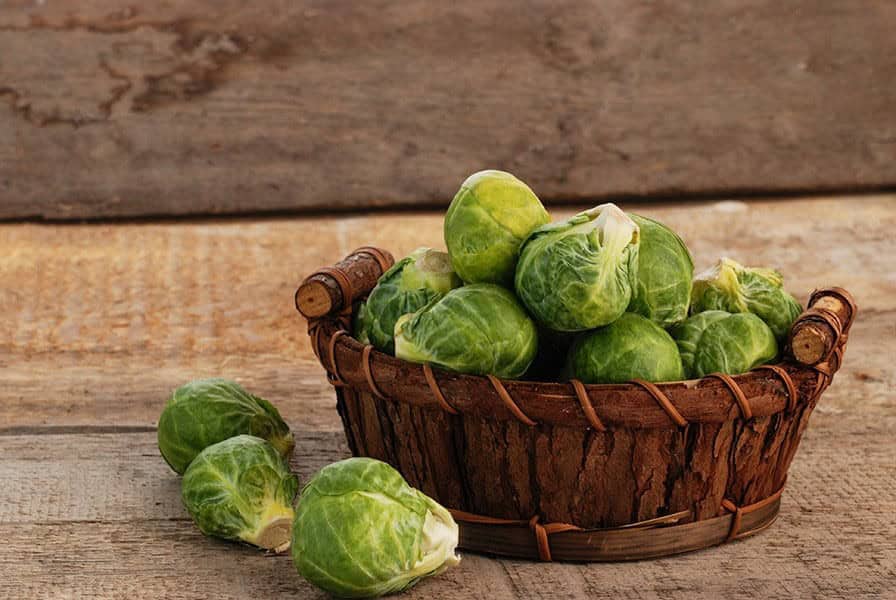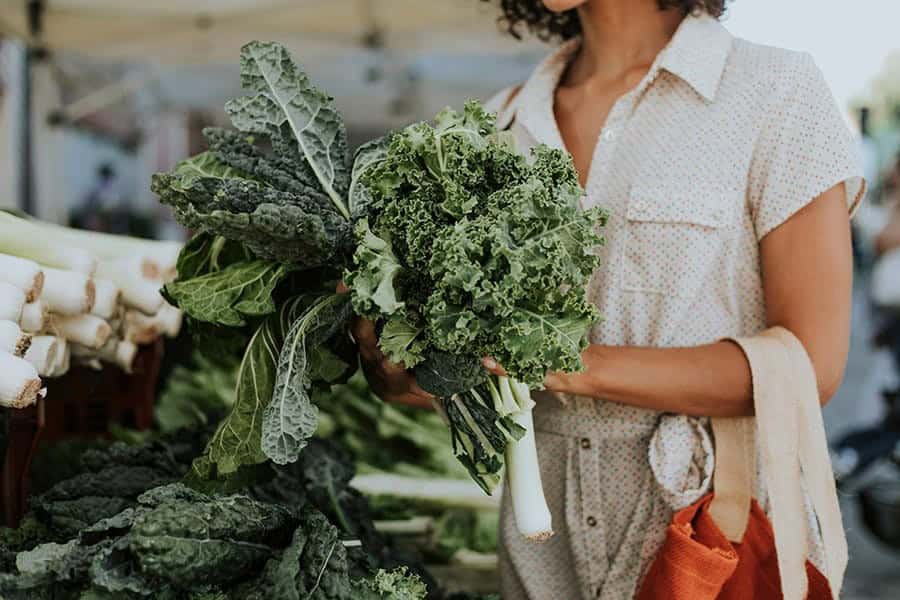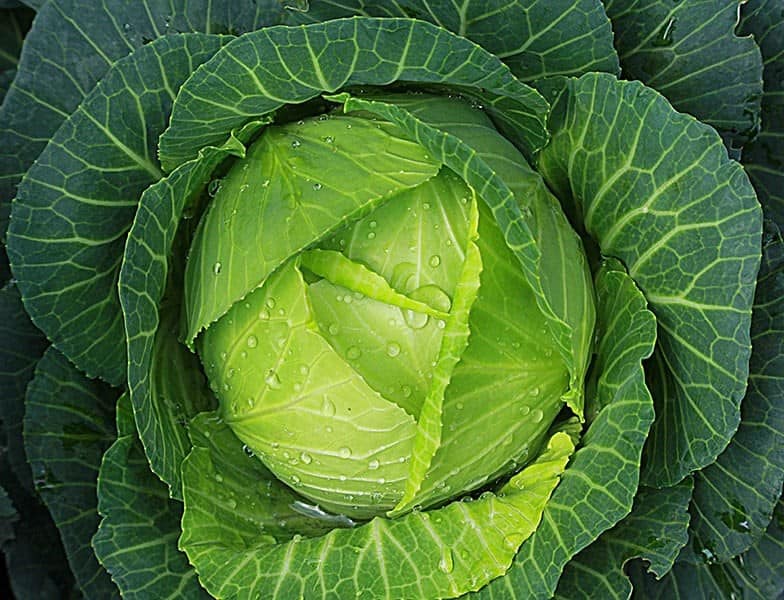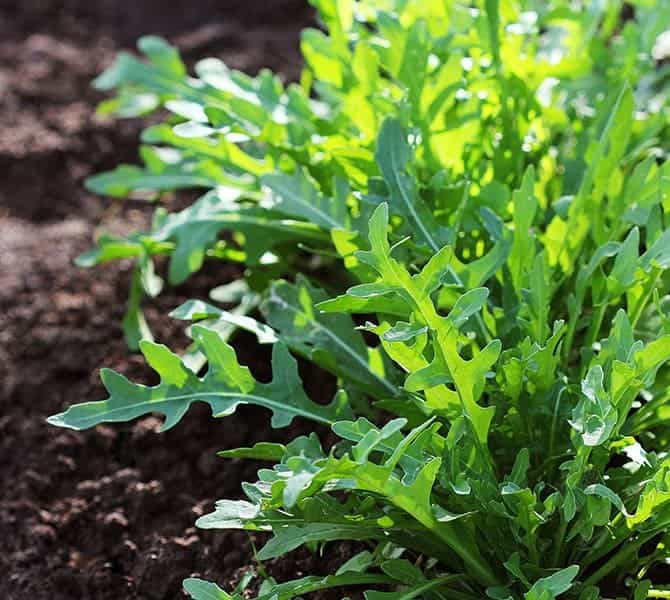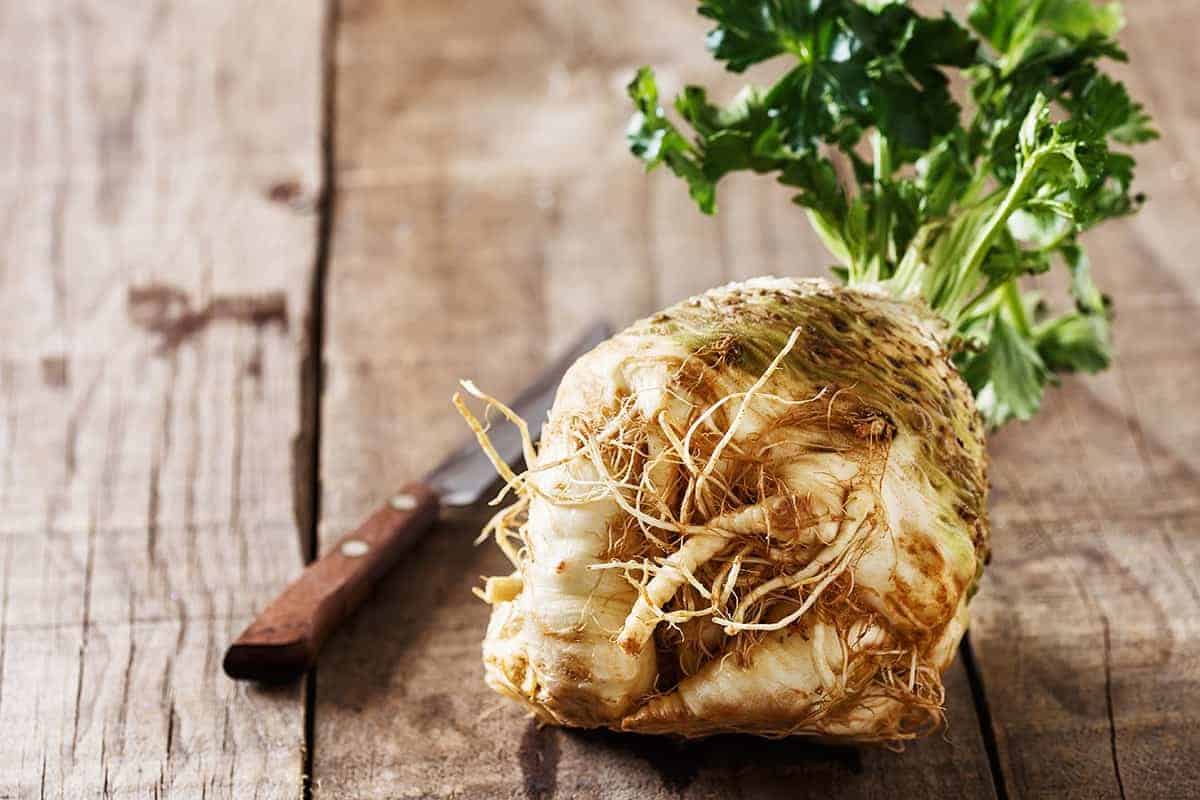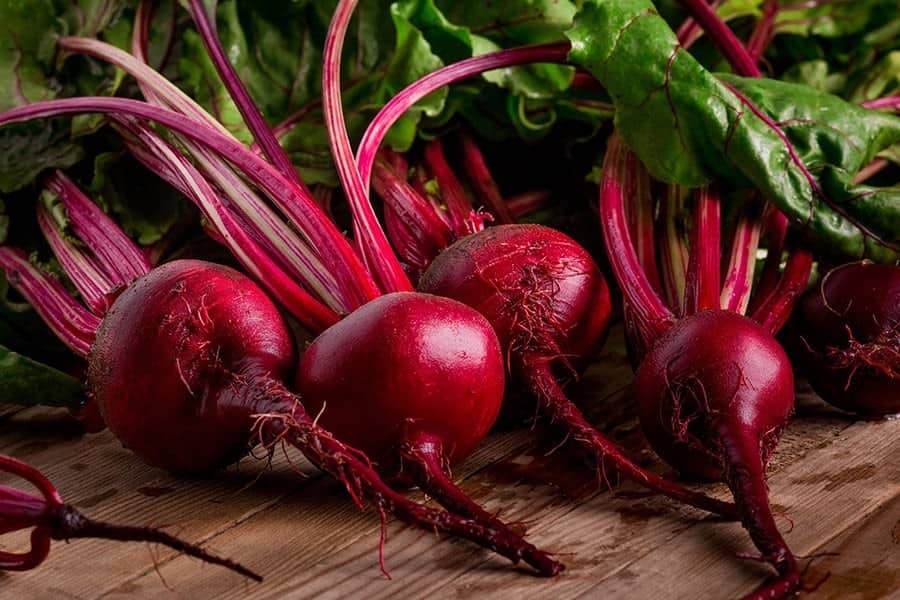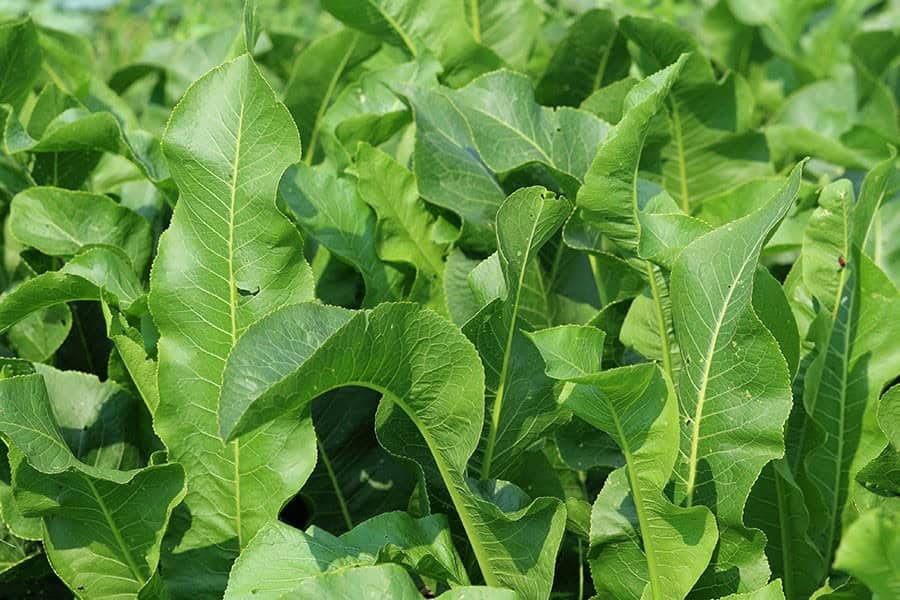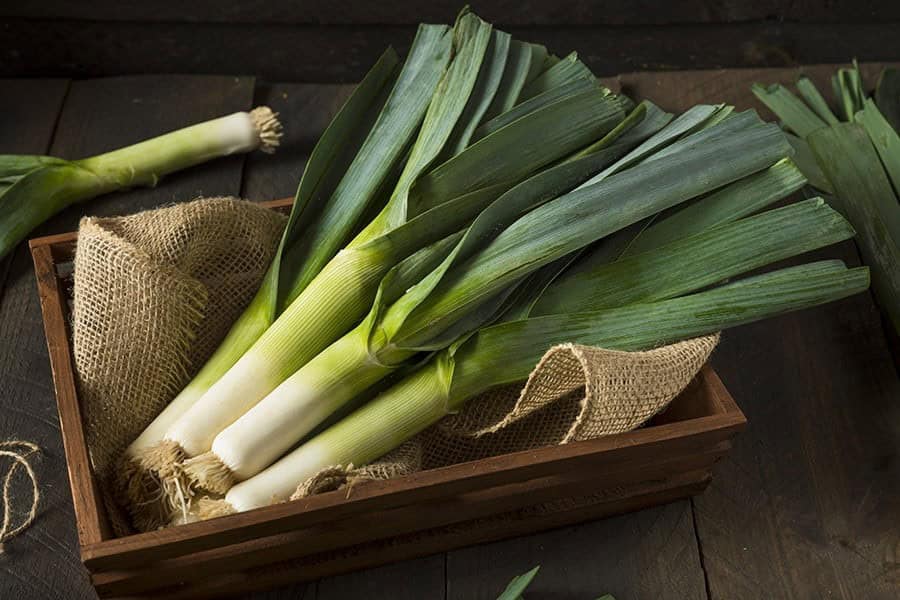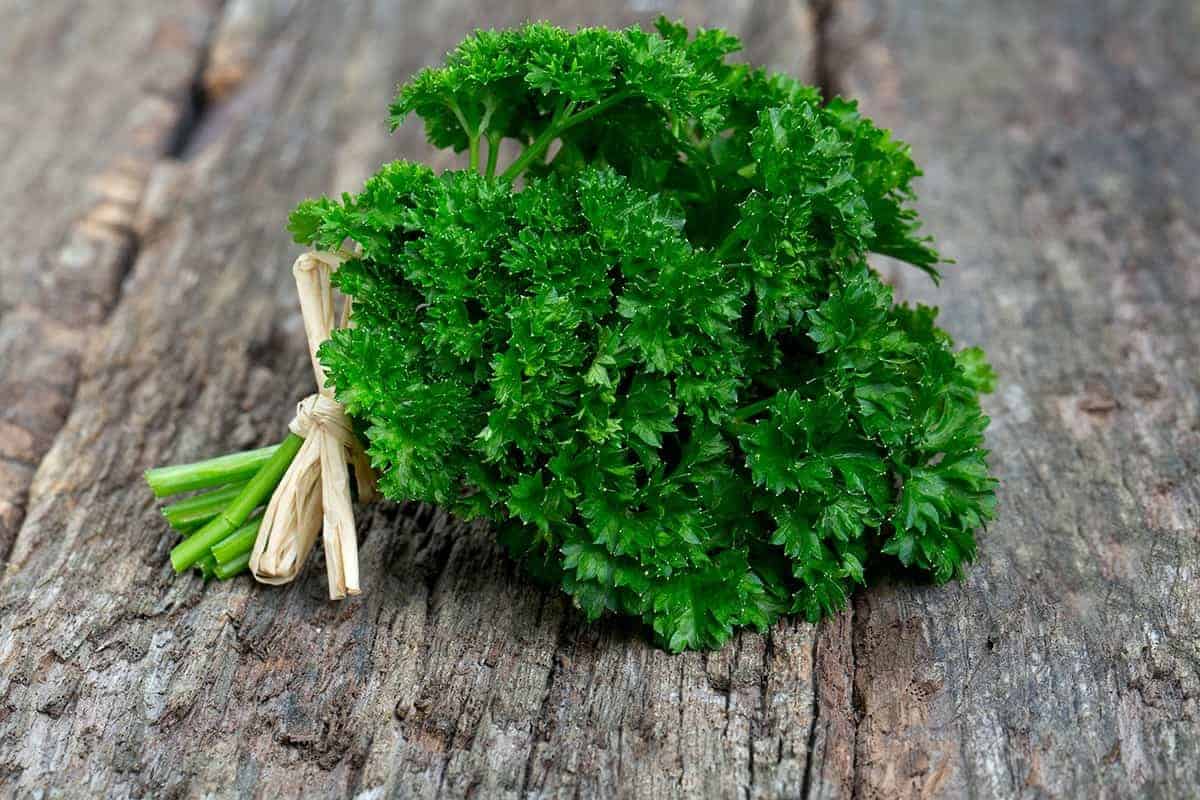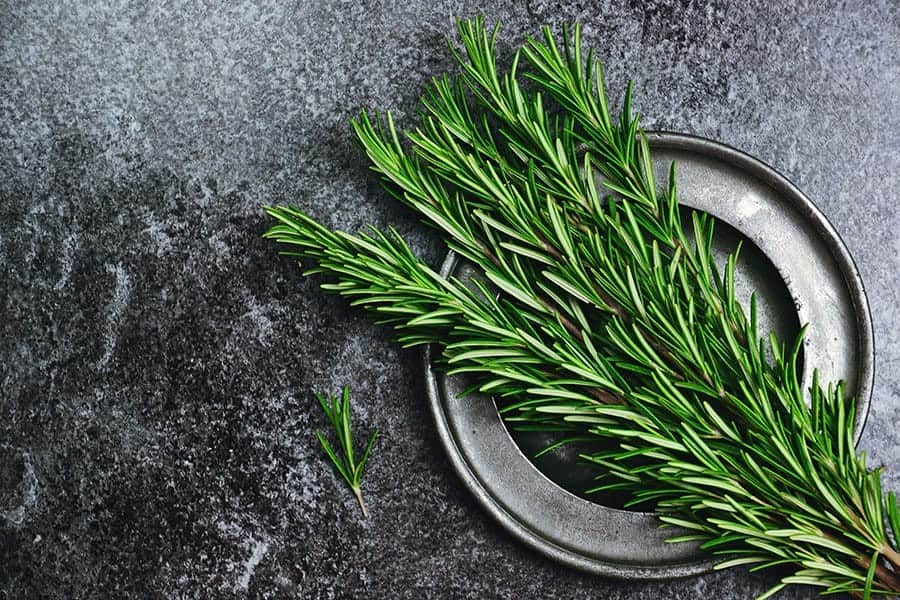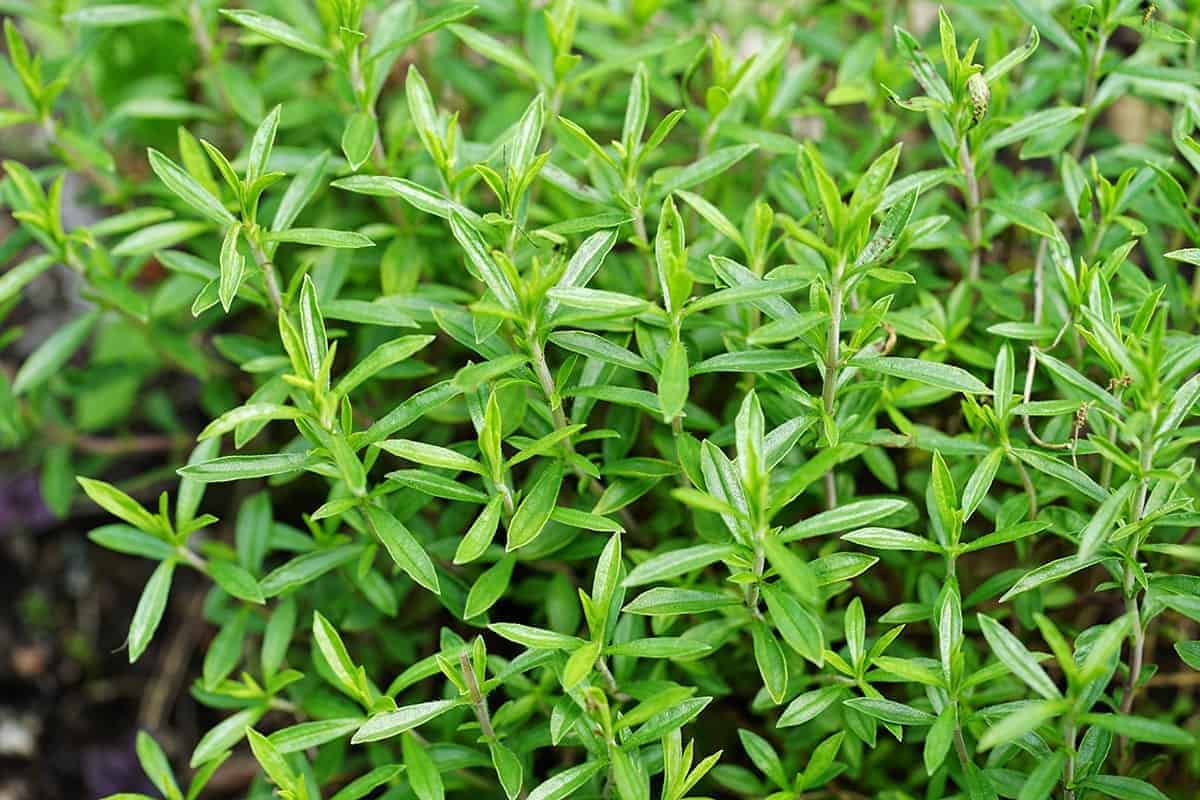As the snow falls gently outside, creating a serene blanket of white, my thoughts turn to the bounty that can be harvested from my own backyard. In a region where winter’s chill is a guarantee, I’ve intentionally cultivated a garden that thrives in this season’s unique conditions. Half of my plot is dedicated to snow-tolerant vegetables and herbs that not only survive but flourish beneath the frost.
Among these hardy species are 12 varieties well-suited for a winter garden.
With hands-on experience and practical insights, I’m delighted to share my expertise with you, including recommendations for the best cultivars to try in your own snowy haven.
12 Vegetables That Will Grow in the Snow
In many rural areas, the concept of cold-tolerant vegetables is well understood, with many gardeners successfully cultivating these hardy crops. However, snow-tolerant veggies are a different story altogether. In regions like rural Quebec, where temperatures regularly drop below freezing for nearly seven months out of the year, growing food that can withstand significant snowfall becomes crucial.
The growing season in such areas is notoriously short, typically commencing in late spring and concluding in early fall. As a result, it’s essential to cultivate vegetables that not only thrive in cold conditions but also remain unaffected by the occasional snowstorm.
Brussels Sprouts
About two decades ago, I came across an astonishing image of Brussels sprouts bursting forth from beneath a blanket of snow. This striking visual left an indelible mark on my mind, prompting me to attempt growing these tiny greens whenever I had the opportunity to cultivate my own land. Over time, I learned that selecting varieties and cultivars tailored to my specific climate zone is crucial for success, rather than relying solely on personal preference.
One notable variety that proved particularly resilient in our harsh winters was Long Island Improved. These robust sprouts not only thrived under snow but also developed a sweeter, more complex flavor profile after experiencing the invigorating effects of frost.
Kale
The reputation of kale for persisting under harsh conditions is well-deserved. I can personally attest to its tenacity, having recently harvested a bountiful yield from my own kale crop – despite the fact that it had been buried beneath snow for the third time.
When seeking out varieties suitable for cold climates, look no further than those cultivated in such environments. For instance, my Dwarf Siberian kale has proven to be an exemplary performer, with Winterbor not far behind.
Among the various cultivars, curly-leaved or frilled kales tend to thrive more readily than their smooth-leaved counterparts, thanks to their inherent hardiness.
Interestingly, exposure to freezing temperatures can cause kale to sweeten significantly, rendering it all the more palatable.
Cabbage
Cabbage, like its smaller counterparts Brussels sprouts, can continue growing even after a snowfall, depending on the specific variety. While tender types such as Savoy or Napa cabbage are not particularly snow-tolerant, hardier varieties can withstand the cold. I’ve had success with Copenhagen and Capture F1, which have remained vibrant down to temperatures of -10F. These varieties are ideal for sauerkraut, soup, and making cabbage rolls.
A helpful tip is to allow the heads to freeze completely before thawing them out. Once thawed, the now pliable leaves will fall off, ready to be stuffed and rolled.
Arugula
Another Brassica family member, wild rocket arugula, surprisingly thrives under the gentle touch of winter snows. While it may bolt when temperatures rise too high, it actually flourishes in cold weather. In fact, I’m currently enjoying a crop of this peppery green, having pulled some out of the snow for this morning’s omelet. Unlike its Brassica cousins kale and cabbage, arugula develops woody texture when exposed to cold, making it less suitable for fresh consumption.
Instead, consider adding it to soups, stir-fries, egg dishes, or braised greens infused with garlic – a perfect way to bring out the best of this winter hardy green.
Celeriac
For those who appreciate the flavor of celery, cultivating celeriac root during your autumn/winter garden can be a rewarding experience. While some may struggle to grow it after a snowfall, I’ve discovered that providing a straw blanket to shield it from direct moisture is all it needs to thrive. Among the various varieties, Giant Prague celeriac has consistently yielded impressive results in terms of snow tolerance.
Notably, this variety was developed in the Czech Republic, where the climate is quite similar to other regions with cold winters. As such, it’s well-suited for cultivation in areas with comparable growing conditions.
Beets
I’ve learned the hard way that not all Italian beets are created equal. Chioggia beets, which I had high hopes for, turned out to be a disappointing choice for my fall and winter garden, succumbing to frost as soon as the first snowflake touched their leaves. On the other hand, Cylindra (Formanova) beets have become my go-to for this season.
Hailing from Denmark, these hardy beets not only thrive in the cold but also emerge from frozen soil with a deep crimson color, making them a true winter warrior. When I see their vibrant red stems poking through the snow, it’s as if they’re shouting ‘Sejren er vores!’ (Victory is ours!), filling me with a sense of accomplishment and pride.
Carrots
As a lover of heirloom carrots, I’m always on the lookout for varieties that thrive in my garden’s conditions. This year, I was particularly impressed with the Scarlet Nantes, but unfortunately, they didn’t make it past early autumn. If you’re looking for snow-tolerant options, these aren’t your best bet.
On the other hand, the Uzbek golden carrots have been a revelation.
Despite the frosty temperatures at the end of November, they continue to flourish, albeit with the occasional dose of hot water to thaw out their containers and reveal their exquisite beauty.
What’s more, these cold-hardy vegetables are perfectly suited to my region’s climate, making them an excellent choice for any gardener seeking a win-win situation.
Horseradish
In times before international spice trading was possible, my European ancestors relied on cultivating their own flavors. One such addition was horseradish, which brought a bold, warming quality to a variety of dishes. Its hardiness made it particularly well-suited for harsh winter climates, like those found in Scandinavia or Siberia.
When growing horseradish, however, seeds are not the best option. Instead, try to obtain young plants from your local nursery or greenhouse.
Once you have them, plant the young horseradish about a week after the last expected frost date in your area.
Leeks
While my other onions have reached their harvest time or succumbed to soil degradation, my leeks continue to thrive long after. It’s possible that their hardiness is due to their origins in frigid climates, or maybe they’re simply aware of their destiny as a key ingredient in hearty soups and stews. Whatever the reason, I’ve found myself harvesting these resilient vegetables even in the depths of winter, with knee-deep snow no match for their determination.
For those living in areas with similar snowy conditions, I recommend aiming for varieties like Giant Musselburgh or Bandit, which have proven to be robust performers. One key takeaway: leeks don’t tolerate transplanting well, so it’s essential to sow the seeds directly into the ground.
Parsley
As I tended to my potager garden after a particularly harsh winter, I was astonished to find that my parsley had not only survived but thrived beneath the ice and snow. Initially, I thought it would be no more than a few straggling stems, given its biennial nature and the -30 temperatures we experienced. But instead, I discovered a robust pile of curly-leafed parsley, its resilience a testament to the hardiness of this variety.
In fact, my experience has shown that curly-leaved parsley is significantly more snow-tolerant than its flat-leafed counterparts. The double-curled parsley I’ve cultivated has proven particularly resilient, and I’m now convinced that it’s the best choice for gardeners looking to grow this herb in colder climates.
Rosemary
While many people associate rosemary (Salvia rosmarinus) with Mediterranean cuisine and its ability to thrive in warm climates, there’s a lesser-known variety that can withstand cooler temperatures. The ‘Arp’ cultivar, for instance, is hardy up to -10°F/-24°C and can survive sudden snowfall without succumbing to frost. This doesn’t mean you should plant rosemary directly into the ground, however.
Instead, consider growing it in pots, allowing you to bring them indoors if temperatures drop significantly, ensuring your rosemary remains healthy and thriving.
Winter Savory
Winter savory (Satureja montana) is an herb that truly excels in snowy conditions. I’ve had personal experience with its hardiness – having dug through three feet of snow to harvest it as late as January, only to find it still thriving and ready for use. If you’re looking to grow your own winter savory, consider seeking out a variety that’s been cultivated within 100 miles of your garden. This ensures the herb will adapt well to your local climate.
While I’ve had success with multiple varieties, rest assured that they all share this snow-tolerant quality, making it difficult to go wrong.
Choose Wisely for Your Climate, but Diversify Too
When it comes to gardening, diversifying your portfolio is crucial. This doesn’t mean planting all your snow-tolerant species in late summer for a winter harvest or planting delicate species in springtime only. Instead, spread out the planting schedule by sowing snow-savvy varieties as soon as the ground thaws and keeping tender vegetables growing for as long as possible. The unpredictable weather patterns can be quite challenging, to say the least.
If you live in an area prone to extreme temperature fluctuations, such as a snowstorm in July or a heat wave in November, it’s essential to consider this when planning your garden. Planting only species that thrive in specific weather conditions leaves you vulnerable to crop loss due to unexpected weather events. By planting beets and kale in springtime in cooler, shadier spots, and keeping tender greens growing as long as possible in autumn, you’ll have a more resilient harvest.
Don’t be afraid to make the most of your available space by planting as much as you can, knowing that some losses due to inclement weather are inevitable. This approach will ensure you still reap a bountiful harvest despite unexpected temperature swings.
